
Here’s to All of Us: The History of International Women’s Day
Summary
This article details the origins and evolution of International Women’s Day (IWD), highlighting its roots in the labor movement and women’s fight for suffrage and rights. It discusses the pivotal roles of events and figures, like the 1908 garment workers’ strike and Clara Zetkin, in establishing IWD. The piece also explores the day’s global recognition and themes, emphasizing its significance in promoting gender equality and women’s rights.
Reflection Questions
- How has the history of IWD influenced current gender equality and women’s rights movements?
- What impact do you think IWD has had on global awareness of women’s issues?
- How can we continue to build on the legacy of IWD to address contemporary challenges facing women?
Journal Prompt
Reflect on the significance of International Women’s Day in both historical and modern contexts. Write about how learning about the history of IWD has influenced your understanding of the fight for women’s rights and how you can contribute to this ongoing movement.
International Women’s Day (IWD) has a rich history that dates back to the early 20th century, emerging from the labor movement and the struggle for women’s suffrage, women’s rights, and gender equality. The day has evolved over time to become a global celebration of the social, economic, cultural, and political achievements of women, while also marking a call to action for accelerating gender parity. On this International Women’s Day 2024, let’s explore the history of this special occasion, all the way back to the very first National Woman’s Day in 1909. Read on to learn more!
The Impetus for Founding International Women’s Day
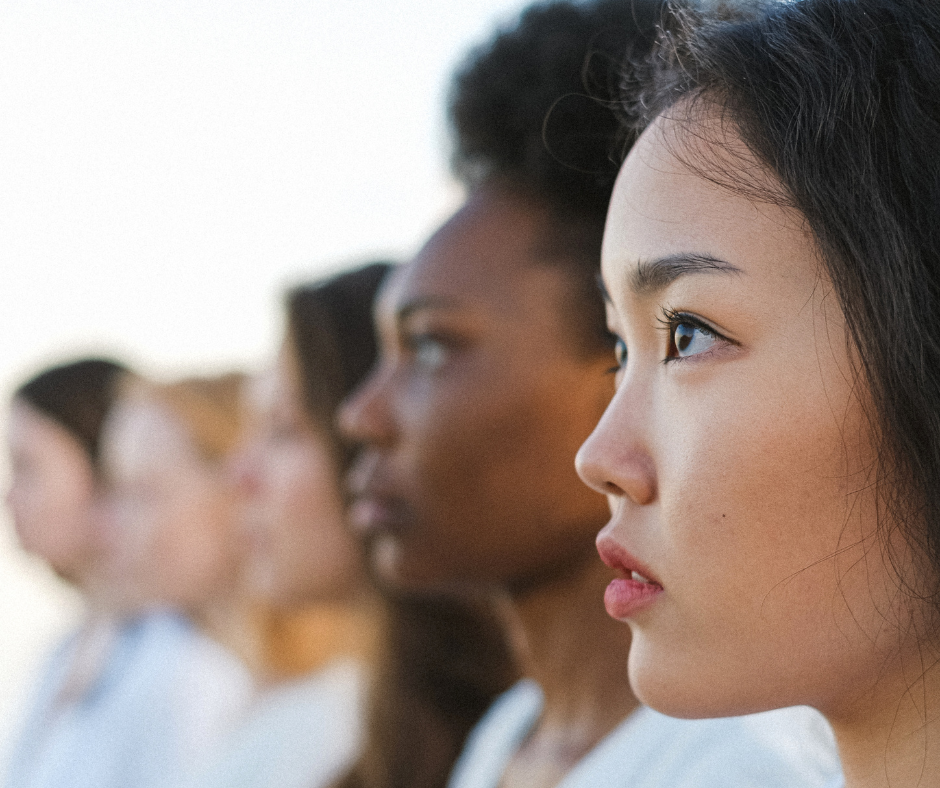
The impetus for founding International Women’s Day (IWD) was rooted in the labor movement and the struggle for women’s rights at the turn of the 20th century. The early 1900s were a time of great expansion in the industrialized world that saw booming population growth and the rise of radical ideologies. Women were increasingly joining the workforce in factories and other sectors, where they often faced poor working conditions, low wages, and a lack of voting rights. Achieving gender equality was of paramount importance for women across the globe long before IWD became a national holiday.
Labor Movement and Working Conditions
The inception of Women’s Day was closely linked to the labor movement, particularly the protest and strikes by women workers against inhumane working conditions, long hours, and low pay. The 1908 strike of the International Ladies’ Garment Workers’ Union in New York City, where women demanded better working conditions and rights, played a significant role in highlighting the need for a special day to address women’s issues.
Suffrage and Political Rights
The struggle for women’s suffrage was a central issue of the time. Women were fighting for their right to vote and participate in political processes on equal footing with men. This struggle for political rights was a crucial element in the call for an International Women’s Day.
International Solidarity and Advocacy for Rights
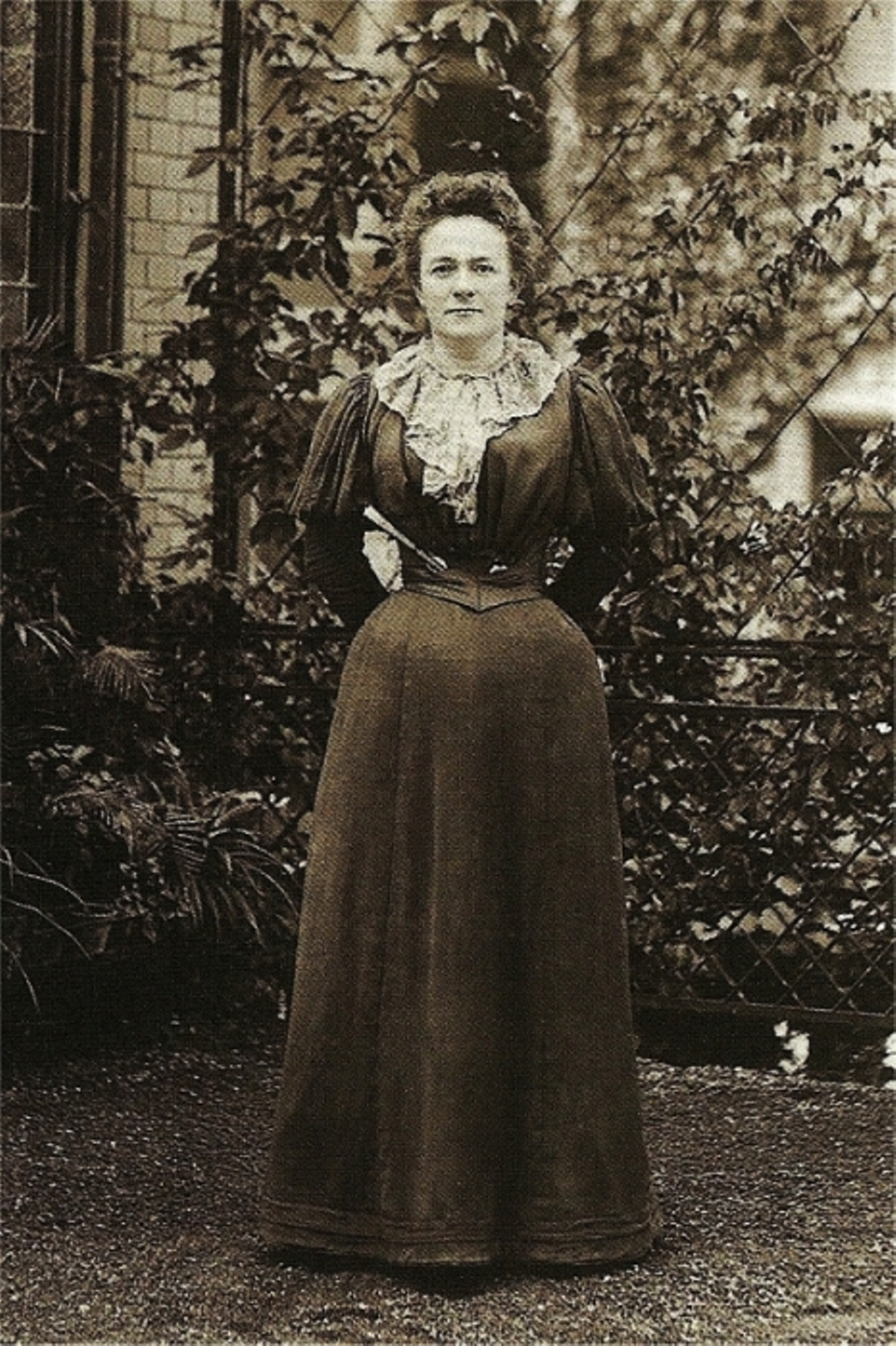
The idea of an International Women’s Day was also motivated by a desire to promote international solidarity among working women and to advocate for their rights across national boundaries. Clara Zetkin, a German socialist and a key figure in the women’s movement, proposed the establishment of the day to create a global platform for advocating change and promoting equality.
Peace
The context of World War I also influenced the foundation of IWD. Women used the day to protest against the war and to rally for peace. The link between women’s rights and peace was particularly highlighted by the 1917 strike in Russia, which contributed to the end of Tsarist rule and the granting of suffrage to Russian women.
The Origins of International Women’s Day
The early 20th century was a period marked by significant social and political change, particularly regarding women’s rights and labor conditions. Women were increasingly joining the workforce in factories and industries, often facing harsh working conditions, low wages, and lack of legal protections. Concurrently, the women’s suffrage movement was gaining momentum, with activists advocating for women’s right to vote and participate in political processes on equal terms with men. Social activism was on the rise, fueled by various radical ideologies and movements seeking to address societal injustices.
Fuel your creative fire & be a part of a supportive community that values how you love to live.
subscribe to our newsletter
*please check your Spam folder for the latest DesignDash Magazine issue immediately after subscription

The First National Woman’s Day in the United States, 1909
The origins of International Women’s Day can be traced back to the United States, where the first National Woman’s Day was observed on February 28, 1909. Organized by the Socialist Party of America, the event commemorated the 1908 strike of the International Ladies’ Garment Workers’ Union in New York City, where women protested against poor working conditions and low wages. The success of this event inspired further calls for action and solidarity among women workers, laying the groundwork for the international movement that would follow.
Clara Zetkin’s Proposal for an International Women’s Day at the Second International Conference of Working Women, 1910
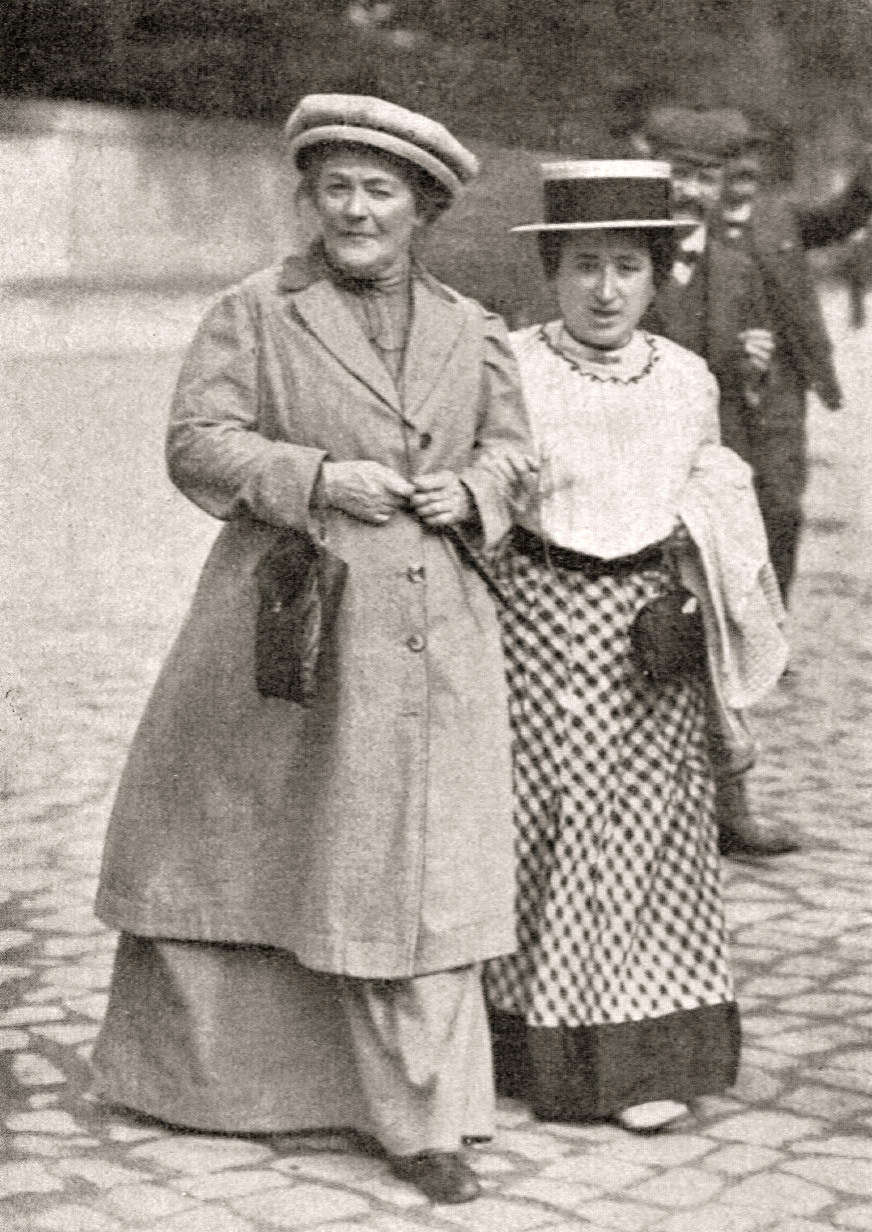
Building on the momentum generated by the National Woman’s Day in the United States, Clara Zetkin, a German socialist and women’s rights advocate, proposed the establishment of an International Women’s Day. Zetkin’s proposal came during the Second International Conference of Working Women held in Copenhagen in 1910.
Her idea was met with enthusiastic support from over 100 women representing 17 countries, including the first three women elected to the Finnish parliament. The conference delegates recognized the need for a unified platform to address the social, economic, and political issues facing women globally, leading to the adoption of Zetkin’s proposal and the establishment of the first International Women’s Day.
Official Recognition and the Date of March 8
March 8th holds particular significance for International Women’s Day due to its association with the historic events of 1917 in Russia. On March 8th (February 23rd in the Julian calendar, which Russia followed at the time), women textile workers in Petrograd (now St. Petersburg) initiated a strike to protest food shortages, low wages, and the ongoing hardships caused by World War I.
The strike quickly spread throughout the city, drawing support from workers in other industries and eventually leading to mass demonstrations and riots. The striking women played a central role in these events, demanding “Bread and Peace” and calling for an end to the war and the monarchy. The strike escalated into the February Revolution, which resulted in the abdication of Tsar Nicholas II and the establishment of a provisional government. This provisional government granted women the right to vote.
Adoption of March 8 as International Women’s Day by the United Nations in 1975
The United Nations officially recognized and adopted March 8 as International Women’s Day in 1975, during International Women’s Year. Proclamation of United Nations Day for Women’s Rights in 1975 marked a significant milestone in the global acknowledgment of IWD and its importance in promoting gender equality and women’s rights. The decision to adopt March 8 as IWD by the United Nations was influenced by the historical significance of the date, particularly its association with the Russian women’s strike and the broader struggle for women’s rights and social justice. 1975 has since been dubbed “International Women’s Year.”
Since then, March 8 has been observed as International Women’s Day by the UN and its member states, with various events, campaigns, and initiatives organized to celebrate women’s achievements and advocate for gender equality. The UN’s adoption of March 8 as IWD has helped to solidify its status as a globally recognized day of action and solidarity for women, highlighting the ongoing importance of addressing issues such as gender-based discrimination, violence, and inequality on an international scale.
Exploring the Ongoing Evolution of International Women’s Day

International Women’s Day (IWD) has evolved significantly since its inception, expanding its focus from the initial concerns of labor rights and suffrage to encompass a broader range of issues related to gender equality, violence against women, and political representation. Initially rooted in the labor movement and the struggle for women’s suffrage, IWD has grown into a global platform for advocating women’s rights and addressing systemic inequalities across various spheres of life.
As societies progressed and the women’s movement gained momentum, the scope of International Women’s Day expanded to address pressing issues beyond labor and suffrage. Recognizing that gender-based discrimination permeates all aspects of society, IWD began to highlight issues such as access to education, healthcare, economic opportunities, and reproductive rights. The day also became a platform for raising awareness about violence against women, including domestic violence, sexual assault, and trafficking, and advocating for measures to prevent and address these forms of gender-based violence.
The role of the United Nations and other international organizations has been instrumental in promoting International Women’s Day and advancing the cause of gender equality worldwide. The United Nations, in particular, has played a central role in raising awareness about IWD and coordinating global efforts to empower women and girls. Through initiatives such as the UN Women’s Empowerment Principles and the Sustainable Development Goals (SDGs), the UN has mobilized governments, civil society, and the private sector to take action to achieve gender equality and women’s empowerment.
International Women’s Day Themes
One notable aspect of the evolution of International Women’s Day is the emergence of annual themes to highlight specific issues facing women and girls around the world. Each year, IWD is celebrated with a particular theme or focus area, ranging from women’s economic empowerment and political participation to ending gender-based violence and achieving gender parity in various sectors. This year’s theme is Invest in Women: Accelerate Progress, which aims to advance gender equality in entrepreneurship by addressing economic disempowerment.
These themes serve to draw attention to pressing issues, spark conversations, and mobilize action to address gender inequalities effectively. By adapting to changing circumstances and priorities, International Women’s Day remains relevant and impactful in the ongoing struggle for gender equality and women’s rights globally.
Global Celebrations and Activism
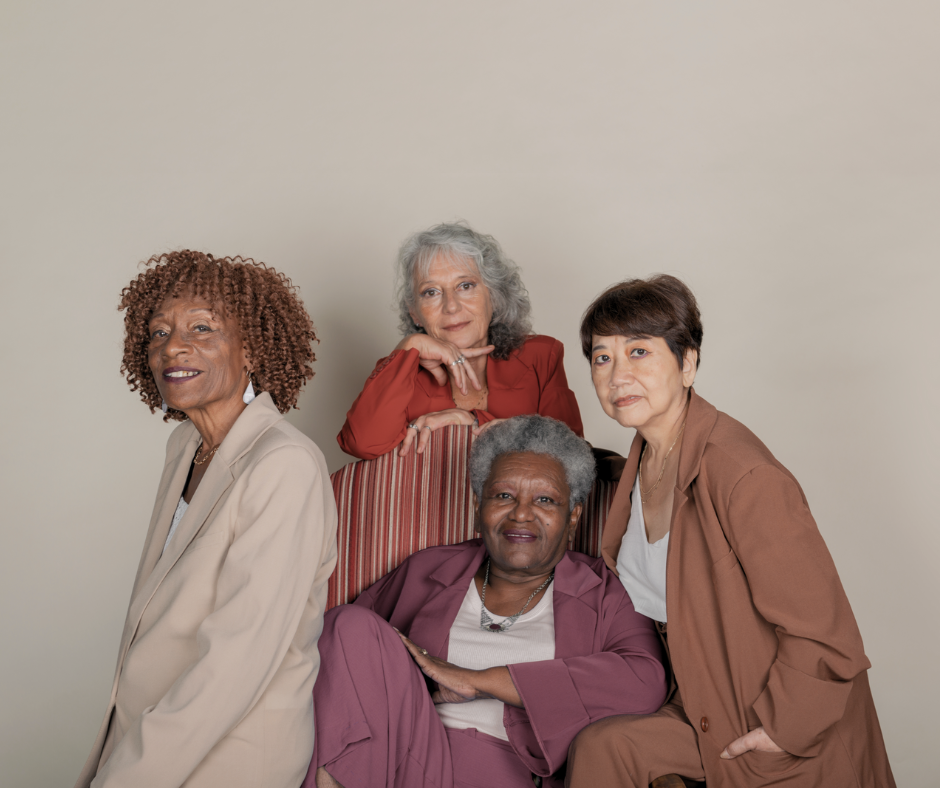
International Women’s Day (IWD) is celebrated around the world in various ways, reflecting both historical traditions and national customs. In many countries, IWD is marked by public demonstrations, marches, and rallies that bring together people from diverse backgrounds to advocate for gender equality and women’s rights. These events often feature speeches, performances, and exhibitions highlighting the achievements of women and the ongoing struggle for gender parity.
In some countries, IWD is observed as an official holiday, with schools, businesses, and government offices closed to honor the contributions of women to society. In others, it is celebrated as a day of recognition and reflection, with individuals and organizations organizing seminars, workshops, and cultural events to raise awareness about gender issues and promote dialogue and action.
Activism and International Women’s Day
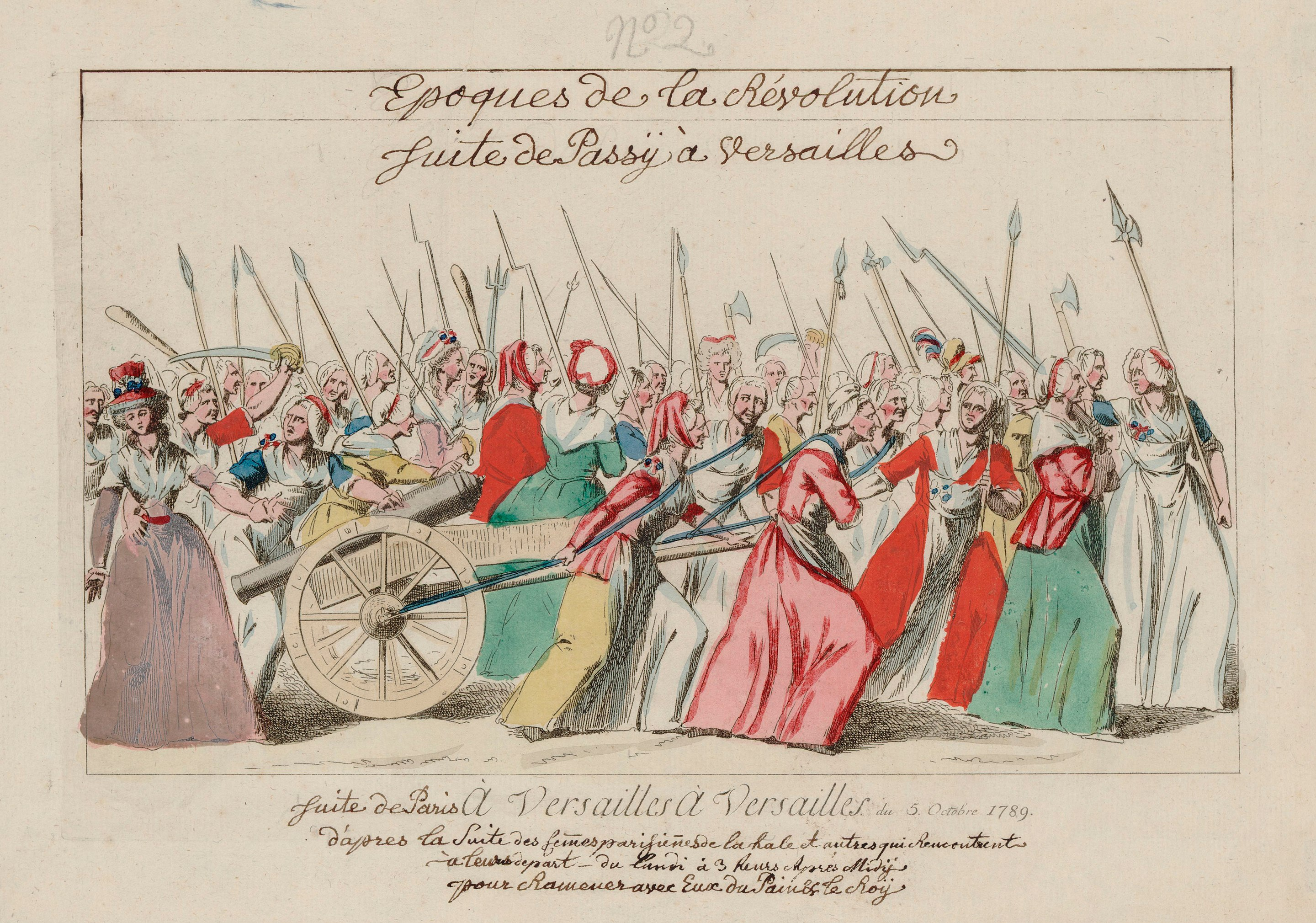
One of the most significant aspects of IWD celebrations is the participation of grassroots activists and organizations that work tirelessly to advance the cause of women’s rights. These activists often use IWD as an opportunity to highlight specific issues facing women in their communities and to call for meaningful change. From advocating for equal pay and reproductive rights to addressing gender-based violence and discrimination, these campaigns play a crucial role in driving social and political change.
Throughout history, there have been many memorable marches, campaigns, and events held in honor of International Women’s Day. For example, the Women’s March on Versailles in 1789, led by working-class women in France, played a crucial role in igniting the French Revolution and challenging the monarchy’s authority. Similarly, the International Women’s Strike in 2017, organized in response to the election of Donald Trump as U.S. president, brought together millions of women around the world to protest against misogyny, racism, and inequality.
#InspireInclusion: The Role of Social Media
In recent years, social media and modern activism have played an increasingly important role in spreading the message of International Women’s Day and mobilizing support for women’s rights. Hashtags such as #IWD, #EachforEqual, and #ChooseToChallenge have gone viral on platforms like Twitter, Facebook, and Instagram, allowing people from all walks of life to share their stories, experiences, and aspirations for gender equality. This year’s hashtag is #InspireInclusion. Social media campaigns have also been instrumental in raising awareness about IWD events and initiatives, reaching audiences far beyond traditional media channels and inspiring individuals to take action in their own communities.
Inclusivity, Intersectionality, and Commercialization: Challenges and Criticisms of IWD

Despite the progress made in advancing gender equality, numerous challenges persist, hindering efforts to achieve full parity between men and women worldwide. One significant challenge is the persistence of gender-based discrimination and violence, which continue to limit women’s opportunities and undermine their rights in various aspects of life. From unequal access to education and employment to discriminatory laws and cultural practices, women and girls face systemic barriers that prevent them from realizing their full potential and participating equally in society.
Commercialization and Dilution of IWD Messaging

Critiques of International Women’s Day (IWD) have also emerged, particularly regarding its commercialization and the potential dilution of its political significance. Some critics argue that IWD has become overly commercialized, with businesses and brands using the day as an opportunity to market products and services rather than to address the root causes of gender inequality. This commercialization can detract from the day’s original purpose of advocating for women’s rights and promoting social change, turning it into a superficial celebration rather than a meaningful call to action.
Moreover, there is concern that the political significance of IWD may be diluted as the day becomes more mainstream and depoliticized. While IWD began as a day of protest and activism, there is a risk that its message could be watered down or co-opted by mainstream institutions, reducing its impact and effectiveness in challenging existing power structures and driving systemic change. Critics caution against losing sight of the radical roots of IWD and emphasize the importance of maintaining its political edge in addressing pressing gender issues.
Inclusivity and Intersectionality
In response to these challenges and criticisms, there is growing recognition of the importance of adopting inclusive and intersectional approaches to International Women’s Day. This means acknowledging the diverse experiences and struggles of women from different backgrounds, including those who face intersecting forms of discrimination based on factors such as race, ethnicity, class, sexuality, and disability. By centering the voices and experiences of marginalized women and prioritizing their needs in IWD initiatives and advocacy efforts, it becomes possible to create a more inclusive and equitable movement for gender justice.
Ultimately, addressing the challenges and criticisms facing International Women’s Day requires a concerted effort to reclaim its radical roots, resist commercialization, and center the experiences of marginalized women in the struggle for gender equality. By doing so, IWD can remain a powerful force for social change and continue to inspire activism and solidarity among people around the world committed to advancing women’s rights.
Final Thoughts on IWD 2024
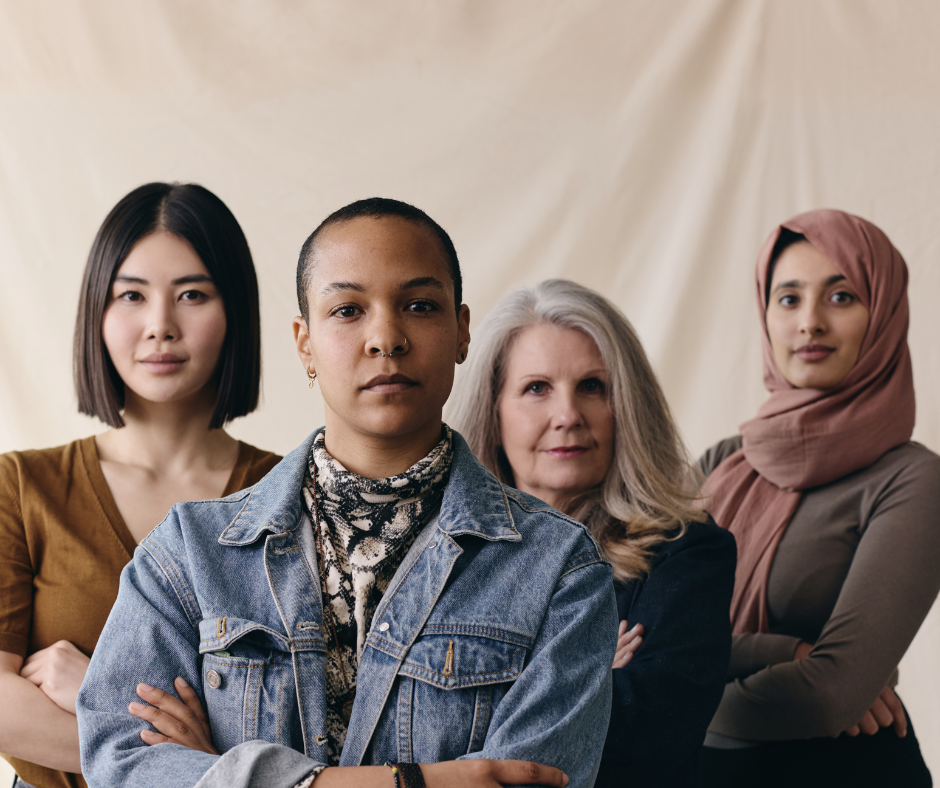
International Women’s Day holds profound significance as a global platform for promoting women’s rights and gender equality. Throughout its history, IWD has served as a rallying cry for social change, bringing attention to the struggles and achievements of women worldwide. From its origins in the labor movement and the fight for suffrage to its modern-day incarnation as a day of activism and solidarity, IWD has left an enduring legacy as a catalyst for progress.
As we reflect on the accomplishments of the past and the challenges that lie ahead, let us renew our commitment to advancing women’s rights and gender equality. Let International Women’s Day be not just a moment of celebration, but a call to action for continued advocacy, empowerment, and support for women and girls everywhere. Together, we can build a more inclusive and equitable world for all.
Design Dash
Join us in designing a life you love.
Styling Spaces Seasonally for Evergreen Portfolio Content + Of-the-Moment Marketing
Learn how interior designers can style spaces seasonally to create both evergreen portfolio images and timely marketing content.
Counting Down Our Most Listened-To Episodes of 2025: Brittny Button
Learn why our conversation with Brittny Button became one of the DesignDash Podcast’s most listened-to episodes of 2025.
10 Finn Juhl Furniture Pieces That Embody Danish Modern Design
As evidenced by these 10 iconic Finn Juhl furniture pieces, he exemplified Danish Modernism through sculptural forms and architectural angles.
Counting Down Our Most Listened-To Episodes of 2025: Jamie Young
On the DesignDash Podcast, enjoy Jamie Young’s insights on building a timeless design brand through grit, reinvention, and strategic growth
What Do I Do If My First Client Ghosts Me After I Send the Proposal?
Learn how to respond when a PNC goes silent after receiving a proposal from your firm. Promise, ghosting is almost never a reflection of your work!
What Is Gustavian Interior Design, And Is It Still Relevant Today?
Georgian interior design’s light palettes, balanced proportions, and restrained Neoclassical details make the Swedish style relevant.








